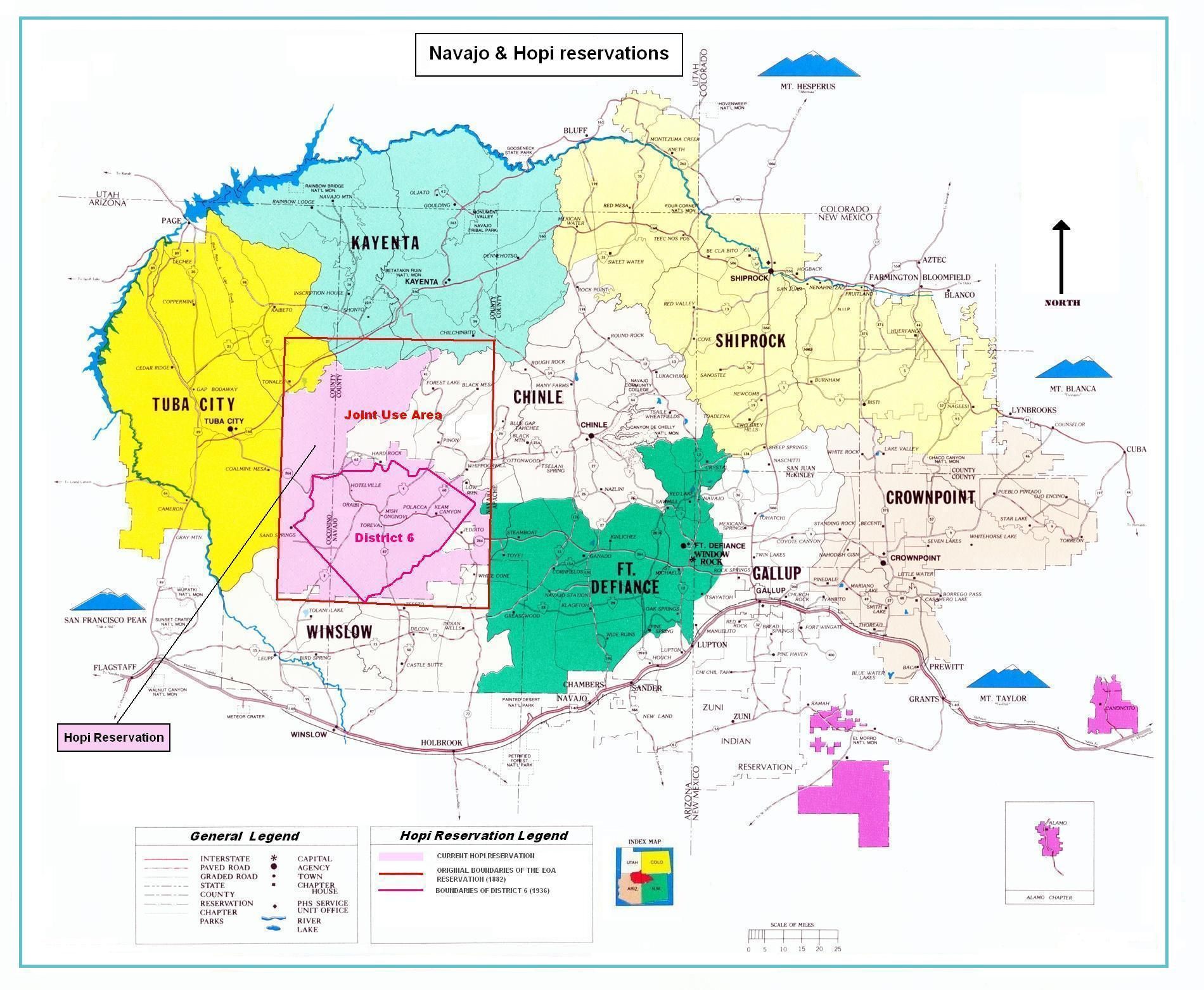Meet the People Who Live Outside of Time

Slowly sinking into submarine “watch time.” (Photo: Pixabay)
For four years, Maxime Theriault woke up, ate breakfast, and listened to the ocean sounds using SONAR, far beneath the sea. Every morning, he knew his day was going to take shape over 18 hours. The 24-hour day felt like a distant memory to him–something he and over a hundred crewmates left behind when they joined a submarine crew of the U.S. Navy, which until October 2015 used “watch time,” a special submarine schedule, which kept the crew on a surreal rotation: 18-hour days and six-hour nights.
“Basically your day is broken into three chunks once we get underway,” says Theriault. “Fast forward to the end of watch, and the next [group of people] is getting woken up for the same thing.”
This schedule kept the submarine in its own time zone, so to speak. Depending on the chunk of time assigned, you could begin your day at a normal morning hour, or late at night, but you wouldn’t feel it until you came back to shore.
“You’re so cut off from anything outside of the work that you’re doing, that you don’t really have much outside stimulus, knowing exactly what time it is, because there are no windows,“ says Kevin McGuire, who, as a submarine cook, was given a 12-hour on and off watch system that was called “port” and “starboard” time.
“They would dim the lights a little when it was night time hours, but other than that, you wouldn’t know.” For weeks or months at a time, submarine workers were running on days that were ultra-localized for their work, with no influence from the outside world.

Timekeeping only became official (and necessary) when long-distance train systems were introduced. (Photo: Ben Brooksbank/WikiCommons CC BY-SA 2.0)
This submarine schedule seems odd compared to the seemingly universal time non-military folk typically use, but as much as we’d like to think of time as a constant to live our lives by, the way we record it is subjective. When do you want the sun to be up, for example, in relation to when people are supposed to get out of bed?
Pilots, air traffic controllers and flight attendants all keep Coordinated Universal Time (UTC), the 24-time standard kept by atomic clocks that is the basis for all other civil time zones. Because flight attendants travel constantly, sticking to one UTC-based schedule is the only way to manage all the toggling between time zones. Eileen Arbizu, a flight attendant, says that while she keeps to a strict sleep routine to give regularity to her days, she has had some strange time-related experiences. “I’ve traveled from Barcelona to Los Angeles in one day, three flights and three lunches later—and still made it home before dark,” she says.
Government-mandated time zones, one of the biggest markers of modern timekeeping in many places, have only existed officially since trains in the 1800s made travel to faraway locations easier. Because timekeeping isn’t a universal system, it can makes matters complicated—the tools some people use to keep themselves on track with their work are sometimes at odds with the times that their friends and family live on.

The Hopi reservation sits within the greater Navajo reservation, yet the two have different attitudes towards daylight savings. (Photo: Public Domain/WikiCommons)
In the United States, every state except Arizona and Hawaii observes daylight saving time between March and November. But within Arizona, which recognizes Mountain Standard Time year-round, the case gets more confusing for anyone traveling through the Hopi and Navajo nations. Both nations are in the same area–in fact, the Navajo nation completely surrounds Hopi territory, and both nations have enclaves within the other.
This arrangement might not have much of an impact time-wise, except that the Navajo nation uses daylight savings time, while the Hopi nation, along with the rest of Arizona, does not. Essentially, it’d be possible to drive through each outlying city and change time zones five times, all within two hours.
But even more confusing than passing through multiple time zones in a matter of hours is moving for an extended period of time to a culture that tracks time differently. Nilson Tuwe Huni Kuin (Tuwe) grew up in the Amazon as the son of the chief of the Kaxinawá people. In 2013, he moved to New York City to study English and filmmaking. Ryan Paixao volunteered translation services to Tuwe during this time, and remembers the confusion caused by the differences in how time was kept.
Peoples like the Kaxinawá don’t tend to use exact timekeeping, and will meet up at a general time, like sunset. On one of Tuwe’s first days, “I was meeting him, and after a while the people from the non profit were panicking,” says Paixao, who was there when the group finally reached Tuwe by phone. “He was like, ‘I’m getting on the train now, that’s the big deal?’ He thought they were all ridiculous…to track time to such a precise minute.”

Do people age slower at the International Space Station? (Public Domain/WikiCommons)
The strangest implications of time differences by far, however, are actually happening far from the planet Earth, in space. Astronauts on the International Space Station keep UTC time and Global Positional Systems (GPS) time, which are six minutes off from one another, and serve as a mid-point between Houston and Moscow time zones for communicating with earth.
Since the sun “rises and sets” on the space station 16 times a day, astronauts regulate their hours by covering and uncovering windows; but that’s where the familiarity with time ends. In a bizarre twist of physics, the space station experiences part of the Theory of Special Relativity called time dilation, a difference in how time actually functions in space versus Earth.
For humans in a moving space station, the difference would be 28 microseconds per day, which would mean that astronauts actually age less than they would have if they’d been on Earth. It’s as if the classic physics thought experiment, the Twin Paradox, where two people of the same physical makeup may experience aging and time differently, has moved beyond its hypothetical beginnings.
In 2015, NASA decided to experiment with this concept in real life with identical twin astronauts Mark and Scott Kelly, and will be monitoring the twins’ molecular, body and brain functions throughout the year. Maybe, with more permanent space station structures of the future, more people will live in different zones than we ever thought possible. For now, NASA’s study continues, and hopefully their research teams will find out once and for all the meaning of living outside of time.

This story appeared as part of Atlas Obscura’s Time Week, a week devoted to the perplexing particulars of keeping time throughout history. See more Time Week stories here.









Follow us on Twitter to get the latest on the world's hidden wonders.
Like us on Facebook to get the latest on the world's hidden wonders.
Follow us on Twitter Like us on Facebook